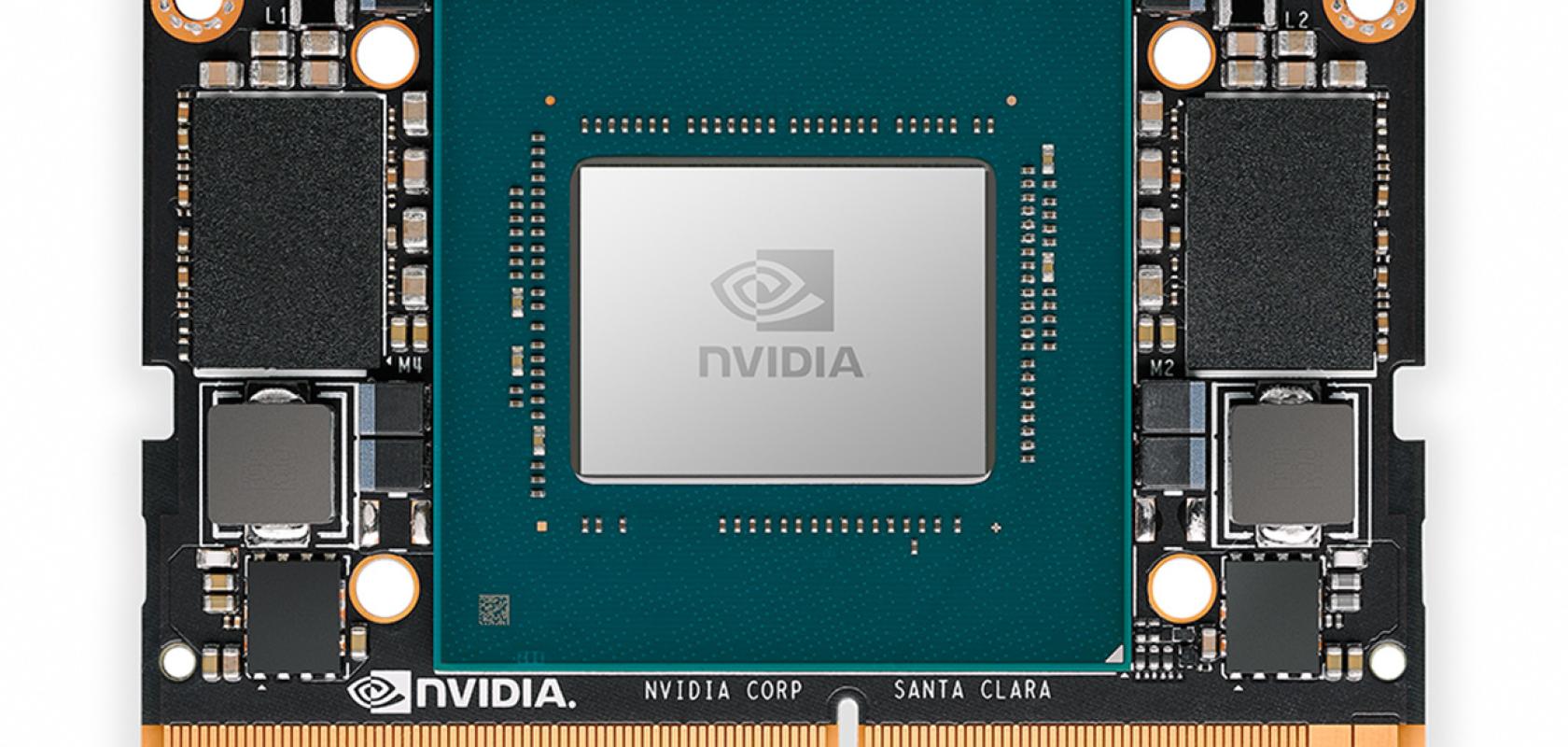Nvidia has announced a series of new benchmarks tracking the performance of tools for running AI inference both at the edge and in the datacentre. The results of the MLPerf Inference 0.5, are the industry’s first independent suite of AI benchmarks for inference and help to demonstrate the performance of NVIDIA Turing GPUs for datacentres and NVIDIA Xavier system-on-a-chip for edge computing.
Nvidia posted the fastest results on new benchmarks measuring the performance of AI inference workloads in datacentres and at the edge — building on the company’s position in recent benchmarks measuring AI training.
'AI is at a tipping point as it moves swiftly from research to large-scale deployment for real applications,' said Ian Buck, general manager and vice president of Accelerated Computing at NVIDIA. 'AI inference is a tremendous computational challenge. Combining the industry’s most advanced programmable accelerator, the CUDA-X suite of AI algorithms and our deep expertise in AI computing, NVIDIA can help data centers deploy their large and growing body of complex AI models.'
MLPerf’s five inference benchmarks — applied across a range of form factors and four inferencing scenarios — cover such established AI applications as image classification, object detection and translation.
NVIDIA topped all five benchmarks for both datacentre-focused scenarios (server and offline), with Turing GPUs providing the highest performance per processor among commercially available entries1. Xavier provided the highest performance among commercially available edge and mobile SoCs under both edge-focused scenarios (single-stream and multi-stream)2.
Highlighting the programmability and performance of its computing platform across diverse AI workloads, NVIDIA was the only AI platform company to submit results across all five MLPerf benchmarks. In July, NVIDIA won multiple MLPerf 0.6 benchmark results for AI training, setting eight records in training performance.
NVIDIA GPUs accelerate large-scale inference workloads in the world’s largest cloud infrastructures, including Alibaba Cloud, AWS, Google Cloud Platform, Microsoft Azure and Tencent. AI is now moving to the edge at the point of action and data creation. Bbusinesses and organisations, including Walmart and Procter & Gamble, are using NVIDIA’s EGX edge computing platform and AI inference capabilities to run AI workloads at the edge.
All of NVIDIA’s MLPerf results were achieved using NVIDIA TensorRT™ 6 high-performance deep learning inference software that optimizes and deploys AI applications easily in production from the data center to the edge. New TensorRT optimizations are also available as open source in the GitHub repository.
Expanding its inference platform, NVIDIA today introduced Jetson Xavier NX, the world’s smallest, most powerful AI supercomputer for robotic and embedded computing devices at the edge. Jetson Xavier NX is built around a low-power version of the Xavier SoC used in the MLPerf Inference 0.5 benchmarks.


